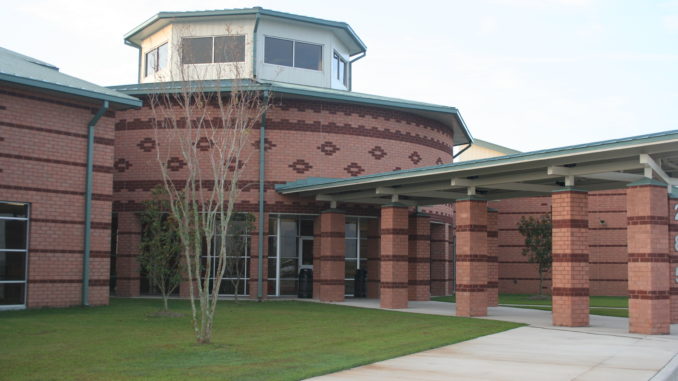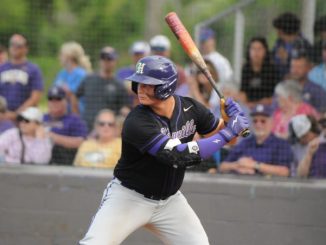
Scheduling conflicts, course misconceptions cited as reasons for low attendance
School district representatives, superintendents and lawmakers from across the state have flocked to the Satellite Center over the years to take in the state-of-the-art facility in the hopes of one day creating something just as impressive in their own areas.
But even with all those accolades, the Satellite Center is having a hard time attracting students to some of its classes. Lasca Anderson, who serves as the center’s administrator, said numerous obstacles stand in the way of getting more students on campus.
“For some kids who don’t plan well in their freshman year, making time for Satellite Center courses in their junior or senior years can create a challenge,” she said. “Other students want early release, some have to work and others have scheduling conflicts.
“Once we get them though, the students are impressed.”
The center got its start in 2001, when a $28 million bond issue was approved by the voters of St. Charles Parish for school improvements. Now, the center focuses on offering courses in career paths – such as engineering, health care and media – that are expected to expand the most over the next decade.
While taking those courses, students are treated as professionals and have access to the state-of-the-art technology and labs that come with that professionalism. The students also take control of many projects that impact the community and travel often on field trips where they get to see workers in their chosen career path in action.
However, while the center offers so much to students in the parish, it can be hard to get them to take advantage of it. In the 2008-09 school year, 163 students finished out the year at the center. Next year, 220 are signed up for courses.
While those numbers aren’t extremely low, they aren’t as high as one would expect after taking a tour of the facility and seeing all that it has to offer.
“When we started here, we wanted everything to move slowly because we wanted everything to go right,” Anderson said. “We wanted to make sure that we fulfilled the vision of the center and connected the kids with the community.”
A lot of the courses at the center do fill up the available seats – mostly those in popular local career paths such as process technology, engineering and health care. There are 25 students signed up this year for engineering out of a possible 26, 33 registered for patient care and 29 in process technology.
But some classes, such as Hotel, Tourism and Restaurant Management, have low attendance.
“I had nine students in my class last year and it looks like I’m going to have nine again next year,” Craig Howat, the HTR facilitator, said. “I think one of the issues that causes that low attendance is a parent’s idea of hotel management.
“They are thinking of their child working in a Motel 6, while we are imagining them running a Ritz-Carlton.”
The HTR pathway used to be called Lodging Management, but because of a lack of interest, the class was scrapped in 2007. It was reborn in 2008 as Hotel, Tourism and Restaurant Management to fully explain the opportunities that the course offered.
“We focus on world class service, management and marketing,” Howat said. “A lot of people who graduate in a field such as accounting in college and want to get a job in New Orleans often find out that the jobs are in hotels, tourism or restaurants.
“They just never realize it until then.”
Last year, Howat’s class performed an economic impact study on the Alligator Festival and conducted a survey to see just how much money was made. They also toured the Superdome, got free behind-the-scenes Jazz Fest tickets and made their own New Orleans walking tours.
Next year, Howat wants to have his class plant 1,200 cypress trees and start offering tours of the land and travel to New York for a hotel and restaurant show.
“This is such a big industry in our area,” he said. “By taking this class, the students not only learn all about the hotel, restaurant and tourism industry, but also learn good customer service skills that are needed for any job.”
Howat’s class is cited by Anderson as an example of how course titles can be misleading. In fact, she says that there are still those in the community that have no idea what the center offers.
“This is a whole different way of teaching,” she said. “We get professionals involved from the community and the students have the opportunity to go out and work on real projects. It’s a great way to see if it’s something that they want to do.”
To illustrate the success of the center, Anderson points to survey results that were completed recently. According to student answers, the center scored high in every question, including the fact that 99 percent of the students felt the center had adequate technology and equipment and that 90 percent would recommend the center to other students.
But until that word of mouth catches on, Anderson and the rest of her colleagues will continue to hold recruiting events and hope to drive up interest in the center.
“Right now, the center is better than it has ever been,” she said. “But we still have a long way to go.”




Be the first to comment